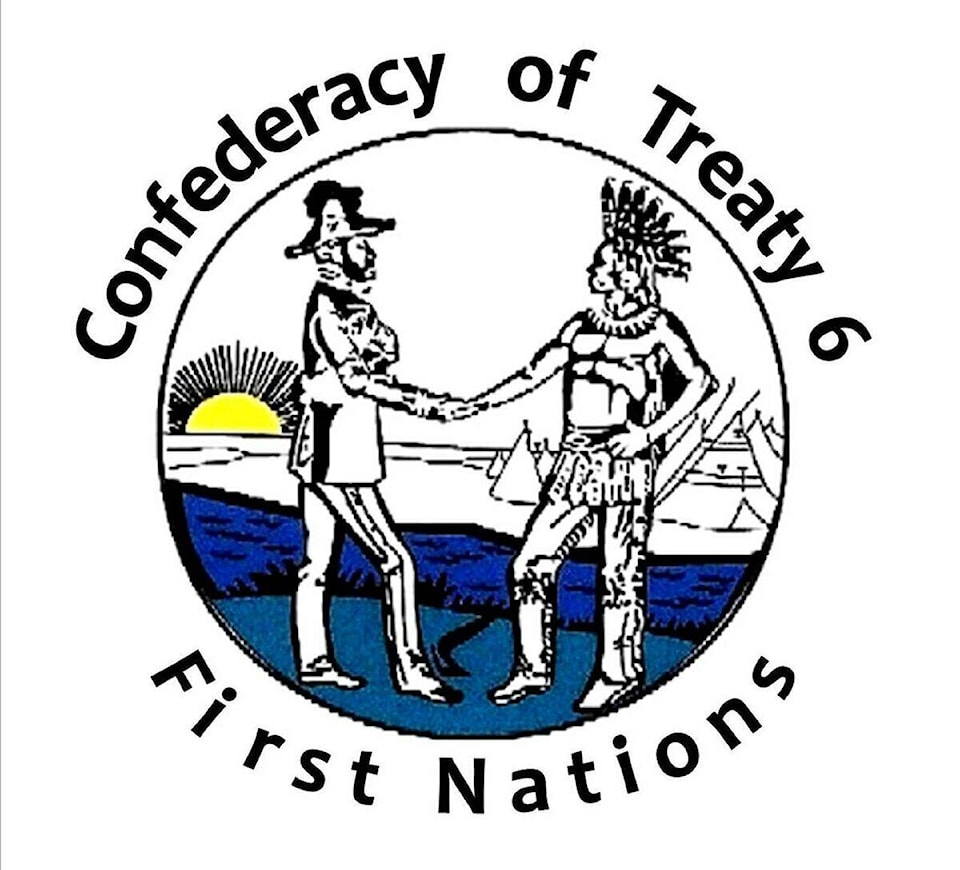In a gathering on April 9, the Chiefs from Treaty 6, Treaty 7, and Treaty 8 territories met to create an alliance, insisting on upholding the treaty rights, and jurisdiction, and asserting sovereignty in the face of ongoing challenges.
In 1969, the Government of Canada unveiled the White Paper as an attempt to erase indigenous identity. At the time, the Chiefs fought back against the paper, Treaty 6 said in a media release.
The White Paper (also known as the statement of the Government of Canada on Indian Policy) argued for the elimination of legal recognition of status Indians (which would be done by repealing the Indian Act).
In opposition, the Red Paper stated, “Indians should be regarded as ‘citizens plus,’ in addition to the normal rights and duties of citizenship, Indians possess certain additional rights as charter members of the Canadian economy.
The Red Paper was a report presented to the federal government on June 4, 1970. It was prepared by the Indian Association of Alberta under the leadership of Harold Cardinal. The Red Paper was a response to the White Paper of 1969.
The Chiefs of Treaty 6, Treaty 7, and Treaty 8 in Alberta are now embarking on a journey to revisit and revitalize the Red Paper, ensuring it echoes the voices of today and speaks truth to power.
The release stated that the struggle continues as of today, as what the First Nation claims — the government persists in denying the rights and falsely claiming jurisdiction over their ancestral lands.
This renewed Red Paper will stand as a testament to the resilience to safeguarding Treaty agreements with the crown for the prosperity of generations to come.
